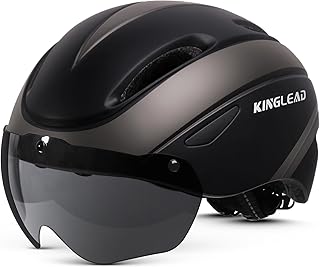Electric scooters have become a common sight on city streets, offering a convenient and cost-effective mode of transportation for many individuals. These scooters play a vital role in enhancing public transit systems by providing essential connections to buses and trains, ultimately contributing to reduced traffic congestion and improved air quality. Additionally, they facilitate easier access to local businesses and restaurants, thereby enriching neighborhood vitality.
Despite the numerous benefits of e-scooters, their usage is not without risks, particularly concerning safety issues such as head injuries. Shockingly, the use of helmets among e-scooter riders is alarmingly low, leading to a surge in e-scooter-related injuries nationwide. A recent study conducted by a University of Washington School of Medicine researcher revealed that over a four-year period, electric scooter accidents resulted in a significant number of emergency room visits, with a considerable portion necessitating hospitalization.
At medical facilities like Harborview Medical Center, healthcare providers witness a steady rise in e-scooter-related injuries, with patients suffering from severe consequences like broken bones, facial fractures, and traumatic brain injuries due to scooter accidents or collisions with vehicles.
The design features of e-scooters contribute to their safety vulnerabilities. With speeds reaching up to 25 mph, scooters can be challenging to detect, especially from certain angles, making sudden stops difficult. Their small wheels are susceptible to obstacles like potholes, posing a risk of accidents and injuries. Moreover, the rider’s elevated center of gravity increases the likelihood of being thrown forward during a crash, exposing them to potentially severe injuries, especially to the head, face, and arms.
To address these safety concerns, local authorities have implemented measures to enhance e-scooter safety, such as speed limits, restrictions on sidewalk usage, and the creation of dedicated bike lanes. However, ultimate responsibility lies with the riders to ensure their safety by understanding the limitations of e-scooters, adhering to safe riding practices, and prioritizing visibility, especially during low-light conditions.
Healthcare professionals emphasize the critical importance of helmet use to mitigate the risk of serious head injuries. Helmets serve as a vital protective measure, particularly in preventing traumatic brain injuries, which can have long-lasting consequences. By advocating for consistent helmet use and safe riding practices, medical experts aim to reduce the incidence of e-scooter-related injuries and promote a culture of safety among riders.
In conclusion, while e-scooters offer a convenient and eco-friendly transportation option, ensuring rider safety remains paramount. By emphasizing the significance of helmet use, promoting safe riding behaviors, and advocating for infrastructure improvements, stakeholders can work towards creating a safer environment for e-scooter riders and enhancing the overall sustainability of urban mobility.
📰 Related Articles
- Study Warns of Risks: Proper Menstrual Cup Use Crucial
- Study Reveals Rising E-Scooter Injuries Among Children
- Study Reveals Majority of Canberra E-Scooter Users Ride Illegally
- Study Reveals Barriers to Doctors’ Use of POCUS Technology
- Consumer Study Reveals Safety Concerns in Children’s Foam Play Mats






